
DoD launches effort to collect COVID-19 convalescent plasma
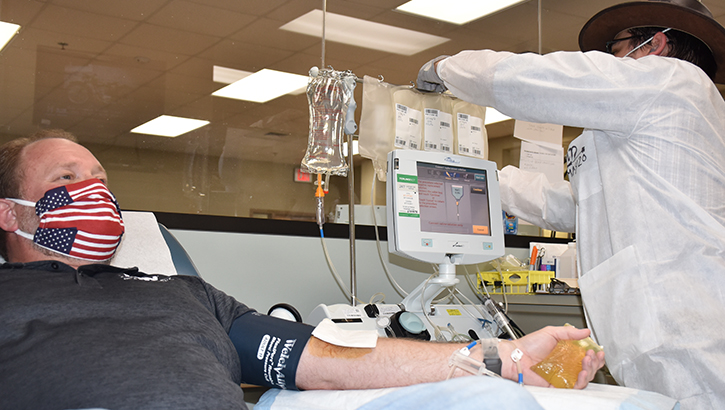
Donald Perry, a Fort Bragg civilian employee, recently recovered from COVID-19 and donated his plasma at the Fort Bragg Blood Donor Center May 7. (Photo by Twana Atkinson)
Patients who have recovered from COVID-19 may hold treatment in their veins that could help others who are critically ill with the respiratory infection.
The Department of Defense has begun an effort to collect 8,000 donated units of plasma from patients who have recovered from COVID-19 to support the development of an effective treatment against the disease.
“We may want to ask you to stick your arm out and donate blood,” Joint Chiefs of Staff Chairman Gen. Mark Milley said in a May 28 virtual town hall. “What that can then do is help others who are severely ill, and if we can do that, then we’ll be on a good path toward getting some really powerful therapeutics.”
Donations will be accepted at 15 Armed Services Blood Program centers across the continental United States, and in Hawaii, Guam and Germany. (A complete list of centers accepting donations appears at the end of this article, and is available online.)
Patients fully recovered from COVID-19 are the only ones who qualify to be a COVID-19 convalescent plasma donor, said Army Col. Audra Taylor, chief of the Armed Services Blood Program. DOD personnel and their families, as well as non-DOD civilians with access to collection facilities on installations, are welcome to donate.
"Our goal as a lifesaving program is to always provide a safe and ample supply of blood products. The need is now,” Taylor stressed. “We are calling for all who are healthy, able, and eligible, to donate today to help us all stand mission ready and save lives."
Why convalescent plasma is collected
When a person contracts SARS-CoV-2, the virus that causes COVID-19, their immune systems create antibodies to fight the virus. These antibodies are found in the plasma—the liquid part of blood, Taylor explained.
Plasma with infection-fighting antibodies is called convalescent plasma, she said. Through the blood donation process, this plasma is collected from a donor who has recovered from COVID-19 and may be transfused into a sick patient who is still fighting the virus, if they qualify for this type of treatment. The procedure may boost the immune system of the patient and help with the recovery process, Taylor said.
The collection process for this type of plasma is the same as standard apheresis collection, she noted. It is being investigated for the treatment of COVID-19 because there is no approved treatment for the disease at this time, and there is some indication that it might help some patients recover from COVID-19.
Several COVID-19 patients in the Military Health System have received convalescent plasma transfusions as part of their treatment, Taylor said. The treatment, which must be carried out under an approved protocol, is used for those hospitalized and severely ill with the disease.
Eligibility requirements
Donating CCP is the same as a standard platelet or plasma donation and must meet specific requirements set by the Food and Drug Administration. Donors must be at least 17 years and older, weigh at least 110 pounds, and be in good health. Women who have ever been pregnant may need additional testing for specific human leukocyte antigen antibodies that may be present in their blood. In addition to these standard requirements, those who have fully recovered from COVID-19 must be symptom-free for at least 14 days. Donors must also produce documented laboratory test results proving they tested positive for the virus, Taylor explained.
“If a donor believes they meet these requirements, they must first contact the local blood donor center before coming in, and if they qualify, set up an appointment,” said Army Col. Jason Corley, Army Blood Program director. “Once set up, the donor must bring the required documentation and undergo the standard donation procedure. Final determination will be made by the medical director or designee.”
ASBP Centers Collecting Convalescent Plasma
— Armed Services Blood Bank Center, Walter Reed National Military Medical Center, Bethesda, Maryland
— Naval Medical Center Portsmouth Blood Donor Center, Portsmouth, Virginia
— Fort Bragg Blood Donor Center, Fort Bragg, North Carolina
— Kendrick Memorial Blood Center, Fort Gordon, Georgia
— Sullivan Memorial Blood Center, Fort Benning, Georgia
— Blood Donor Center, Keesler Air Force Base, Mississippi
— Lackland Air Force Base Armed Services Blood Bank Center, Joint Base San Antonio-Lackland, Texas
— Robertson Blood Center, Fort Hood, Texas
— Akeroyd Blood Donor Center, Fort Sam Houston, Texas
— Fort Bliss Blood Donor Center, Fort Bliss, Texas
— Naval Medical Center San Diego Blood Donor Center, San Diego, California
— Armed Services Blood Bank Center – Pacific Northwest, Joint Base Lewis-McChord, Washington
— Tripler AMC Blood Donor Center, Tripler Army Medical Center, Hawaii
— Naval Hospital Blood Donor Center, Guam
— Armed Services Blood Bank Center Europe, Landstuhl Regional Medical Center, Germany
Links to More Information
— Facebook: militaryblood
— Twitter: @militaryblood
— Instagram: @usmilitaryblood
The 150th Security Forces Squadron supports NM COVID-19 response effort
Article
5/29/2020
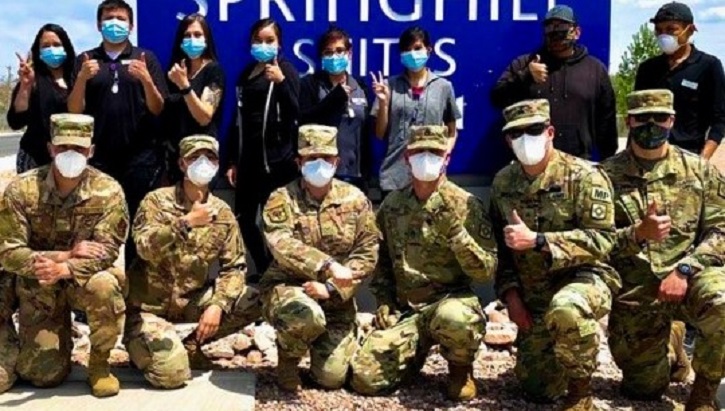
The 150th Security Forces Squadron and the New Mexico National Guard’s Joint Task Force COVID-19 are providing support that may not otherwise be available to New Mexico communities and their citizens.
Building Your Mental Health Through Resiliency
Article
5/29/2020
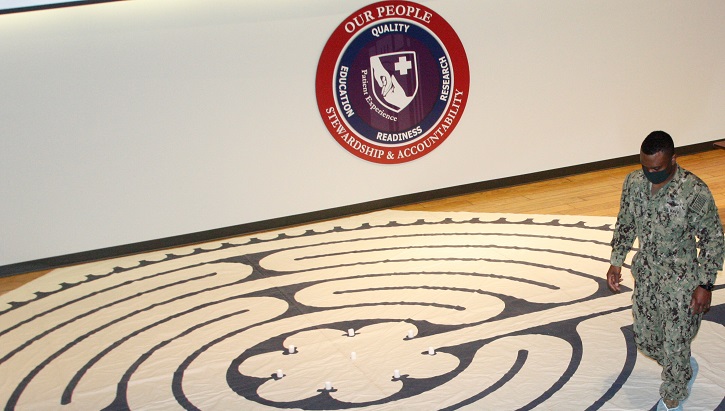
Being able to think about things from a different perspective is critical.
DOD COVID-19 Survivor Gives Shoutout to Doctors, Plasma Donors
Article
5/29/2020
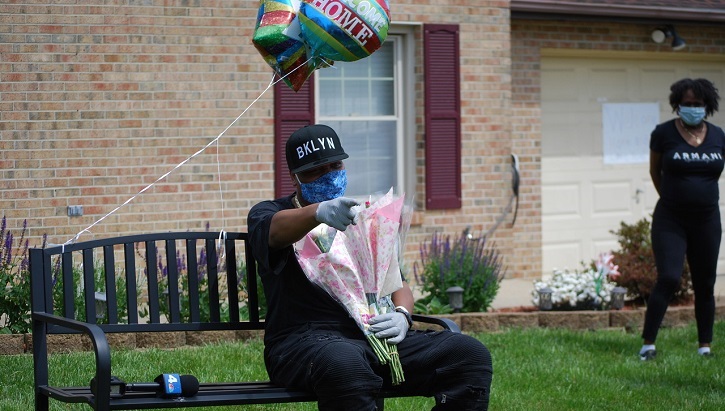
Bright was the first person in the District of Columbia to receive convalescent plasma.
DoD experts address COVID-19 effects on mental health
Article
5/29/2020
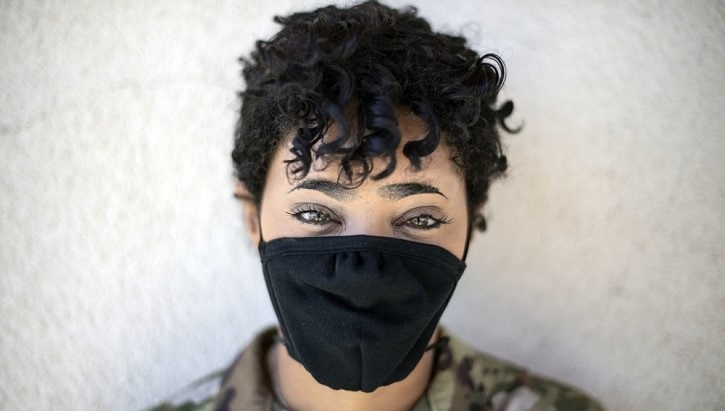
As the world adjusts to a new normal, here’s how to keep mentally healthy.
MHS Minute: Military Leading the Charge on COVID-19 Research
Video
5/28/2020
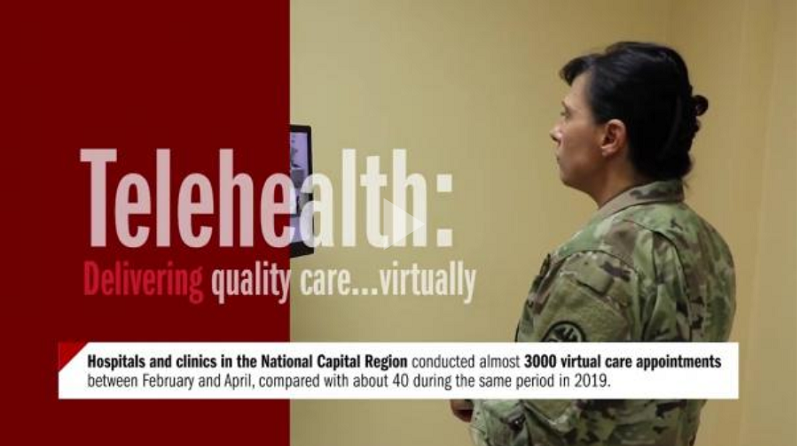
The military continues to serve on the front lines of research and treatment in response to the COVID-19 pandemic. Tune in to the MHS Minute to learn more.
'Home sweet home' leaves a sour taste for some quarantine-weary
Article
5/28/2020

Mental health professionals offer tips on managing during uncertain times
USU Aids Health Care Providers, Community in Pandemic
Article
5/27/2020
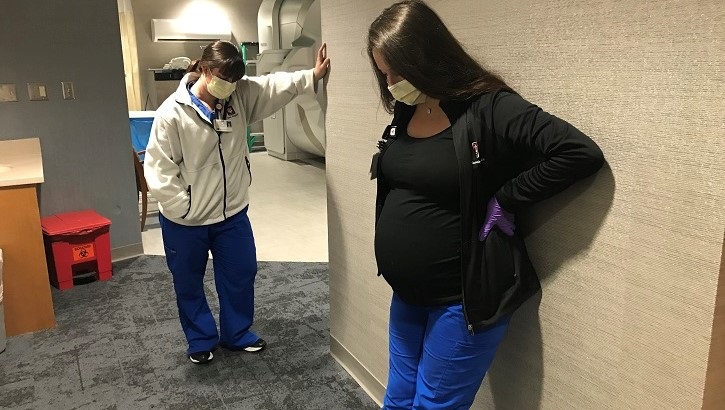
USU’s Center for the Study of Traumatic Stress provides fact sheets as a resource for providers and the community.
Regional Health Command-Atlantic staff treat COVID-19 patients at NJ hospital
Article
5/27/2020
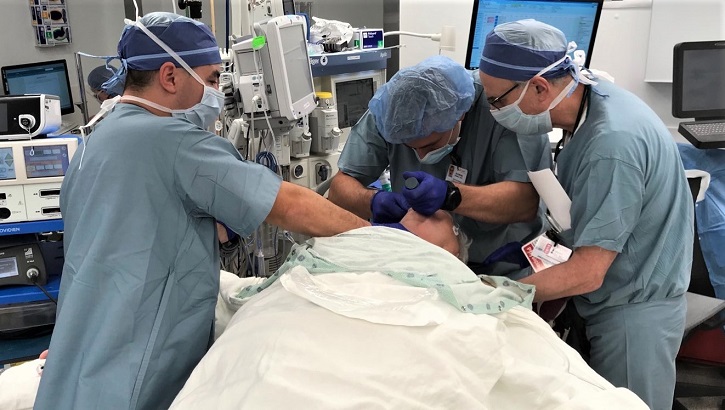
The officers assigned to the program were selected because they have medical specialties typically used in military forward surgical teams.
Force Health Protection Guidance (Supplement 9) -Department of Defense Guidance for Deployment and Redeployment of Individuals and Units during the Novel Coronavirus Disease 2019 Pandemic
Publication
5/26/2020
This memorandum provides force health protection (FHP) deployment and redeployment guidance for Service members (including Reserve Component (RC) and National Guard members in a title 10 or title 32 duty status) and DoD civilian employees deploying within and outside the United States during the COVID-19 pandemic, consistent with references (a) and (b).
Foreign liaison officers bring new perspective to MHS
Article
5/26/2020
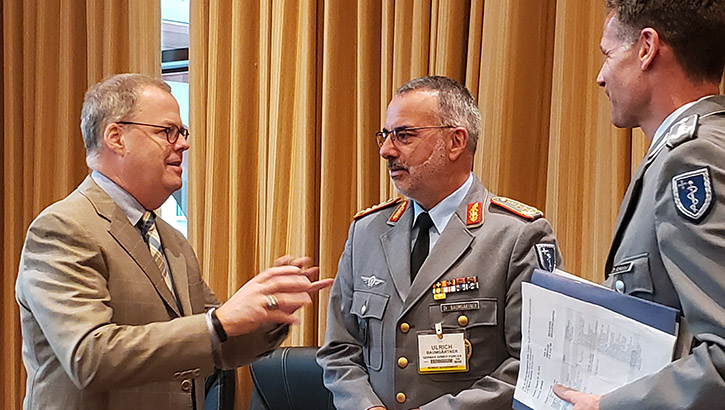
Medical information exchange aids in better care everywhere
Medical maintainers play key role in Army’s response to COVID-19
Article
5/22/2020
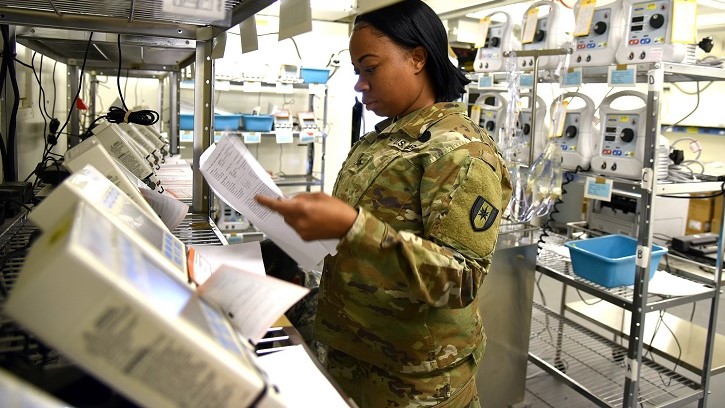
In the field, Soldiers trained as Biomedical Equipment Specialists, or 68As, handle unit-level sustainment of deployed medical devices.
Using mobile mental health apps to cope during social isolation
Article
5/22/2020
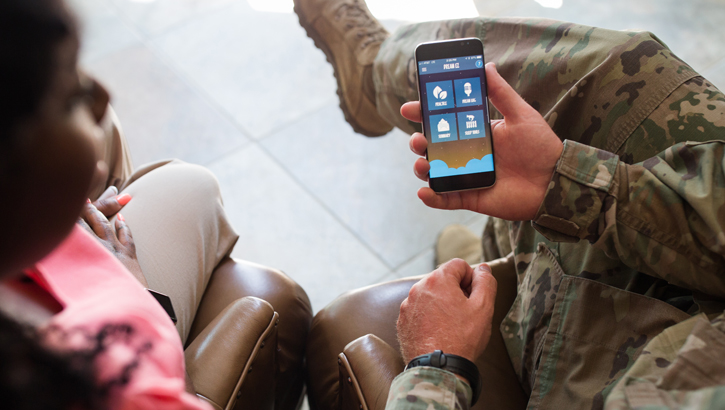
Learn how your smartphone can serve as a lifeline
COVID-19: lifestyle tips to stay healthy during the pandemic
Article
5/22/2020

With this unprecedented lifestyle shift, there is a potential for the normalization of a more sedentary lifestyle.
VENDOR UNSOLICITED PROPOSAL IN SUPPORT OF COVID-19
Form/Template
5/21/2020
Unsolicited Proposal Information Supporting COVID-19
Air Force bioenvironmental engineers expand mission in aerovac, workspaces
Article
5/21/2020
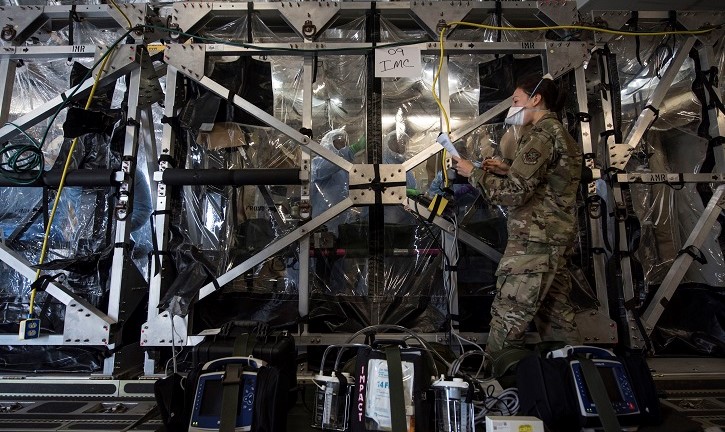
The aeromedical evacuation mission became a top priority as COVID-19 began to spread.






















.png)











No hay comentarios:
Publicar un comentario